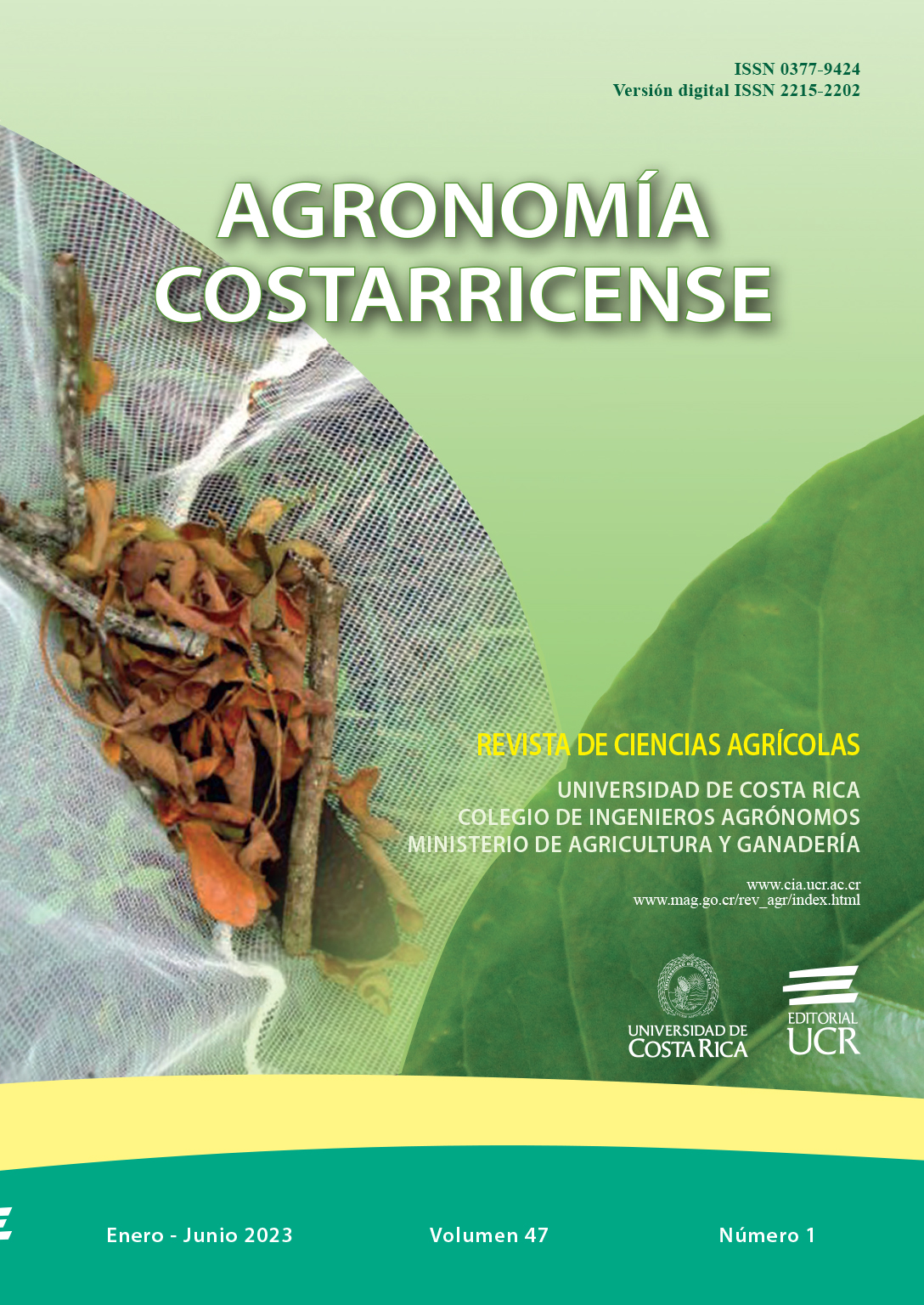Resumen
Introducción. Debido a la alta tasa de degradación del suelo a nivel mundial, se requiere encontrar prácticas agrícolas que promuevan la conservación de suelos. Objetivo. Evaluar el balanceo estático de cargas de un tractor dedicado a la labranza, por medio de diferentes distribuciones de contrapesos en sus ejes, para mejorar las propiedades físicas, mecánicas e hidráulicas y la eficiencia de operación en un suelo vertisol. Materiales y métodos. Se plantearon 3 balanceos de cargas diferentes en los ejes delantero y trasero 40-60%, 30-70% y 50-50%; mediante la adición de contrapesos en el eje trasero del tractor. Se realizaron muestreos de campo a una profundidad de 15 cm en 3 etapas de muestreo (antes de mecanizar, inmediatamente y 2 meses después de mecanizar) en un vertisol con cultivo de pasto (Digitaria decumbens Stent). Se analizaron las variables de contenido de humedad del suelo, densidad aparente, límites plásticos, resistencia a la penetración del suelo, así como las necesidades hídricas del cultivo de acuerdo con los tratamientos. Además, se determinaron variables de operación y eficiencia, tales como profundidad de labranza, patinaje, consumo de combustible y fricción. Se analizaron las diferencias de las variables entre los tratamientos y entre etapas de muestreo con el fin de determinar el tratamiento con la menor afectación a las propiedades del suelo y mayor eficiencia de operación. Resultados. Se encontraron diferencias significativas entre los balanceos de carga por eje evaluados para todas las propiedades del suelo analizadas, excepto en el contenido de humedad. El balanceo 30-70% presentó los valores más bajos de consumo de combustible y de agua para el riego, patinaje, resistencia al corte y resistencia a la penetración. Conclusiones. El balanceo 30-70% se considera ideal para mecanizar bajo las condiciones estudiadas. No se recomienda mecanizar con el balanceo 50-50%, ya que la profundidad de labranza y los cambios en las propiedades del suelo fueron en detrimento de algunas propiedades del mismo.

Esta obra está bajo una licencia internacional Creative Commons Atribución-NoComercial-SinDerivadas 4.0.
Derechos de autor 2023 Agronomía Costarricense

